Вы здесь
Fauna in natural park of Charyn.
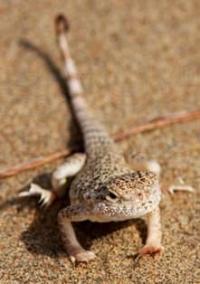
FIT trip in Kazakhstan.
“In nature we never see anything isolated, but everything in connection with something else which is before it, beside it, under it and over I”
Johann Wolfgang von Goethe.
Tours & Travels in reserves of Kazakhstan.
State National Natural Park "Charyn" is located in the valley of the Charyn River, covers the northeastern tip of the Toraigyr mountains, the northeastern part of the Ulken Bugutty mountain range, the Kyzyl-Karasai tract, the Sarytogay valley (Charyn ash-tree dacha) is located on the territory of Raiymbek, Uigur and Enbekshikazakh districts of Almaty region.
There different kinds of deserts, which don't look like each other. They differ in kinds of soil, plants growing there, animals. Sand, clay, stone and saline deserts - each has its own features. In north of the Zhetysu sands take the most extensive areas of desert.
In the afternoon the sands heat up under the sun and burn the feet through the soles of footwear, and at night it cools fast and becomes even damp. The sandy deserts have no water drain. The sand absorbs the whole water. The sand desert is the country without rivers and springs.
They just cannot be here. The sand desert does not feed rivers, does not give them moisture but only greedily absorbs it. Clay or loess deserts are absolutely different. Flat as a table, or slightly hilled, the light clay ground almost white in the sun is firm as a stone.
The life in loess desert is transient and wild. When the spring is over - everything dries up, fading until the next spring. In the stony desert the ground is covered with small stones, usually black or shining. This desert is the most severe and fruitless.
Low thick bushes and there is almost nothing more. Near the lakes and rivers, in hollows, where subsoil waters are close, saline deserts are placed. Water, rising to the ground as on a match, evaporates in a hot climate, besieging salt on a surface.
Plane saline deserts in places are covered with salt like with snow, and shine in the sun so strongly that blind the eyes. The blowing wind makes white salty tornadoes. Where the soil is damp, its surface is soft. When it dries up it covers with crust and large crystals of salt.
There is a following item of our route - gorge Kokpek in a deserted zone. Our next tour site is further on the road-the gorge Кокрек. It 's a part of the road from 146 up to 157 km. The rise is rather flat and on the 156 km there 's a turn to the right to Bartogai water basin.
The gorge Kokpek begins 25 km to the east from Shelek village, crosses the Sogety Mountains. It differs by original beauty. In the beginning the height of district is 860 m. above the sea level, the top point of gorge is 1150 m.
On abrupt slopes of gorge the vegetation is very poor: rocks and talus are around , it's chilly, dry, there is almost no soil cover; the ancient mountains consist of alternation of black and dark-green porphyries and epidotes, red granites some places.
Fans of gathering rocks collections will find here a lot of interesting items. On slopes and taluses you can see kekliks (hens) - beautiful and not so timid birds. They eat seeds of grasses, berries of a dog rose, juniper and curly-bush, growing among rocks. In the top part of gorge at height of 1050 m the road has a spring. Its water is cold and very tasty. At the 157th km (at the beginning of the Sogety valley) there is a small settlement Kokpek with a dining room, shop and a gasoline pump.
People living here say the name of the village means one-nominal plant. Others say the name reflects the color of the district. From this road the view of two ridges the Ilealatau and Kungei Alataus opens. The first is rather low, the second sparkles with snow tops and glaciers.
In few more minutes Kokpek stays behind and a view to the north (at the left) mountains Sogety-Bogety, in the south (on the right) ridge Toraigyr (a bay stallion). It stretched in a latitude direction between the river Shelek and the river Sharyn for 40 km. The maximum point of a ridge is Karagajly mountain (2413).
Between these ridges there're Kokpek plain (20 - 30 km wide and 80 km long). Here set of springs is, therefore meadows have juicy green color. The plain is inclined from the west to the east and practically has no drain. The soil cover is presented by foothill gray-brown on which feather grass and wormwood grow. Kokpek valley is used as an invaluable pasture, and just in the spring. In the summer the sun scorches mercilessly, the temperature rises up to 40.
In 1856 - 1858 the first Kazakh scientist Shokan Valihanov passed through the ridge Toraigyr, first traveling to the Issyk Kul, and then to the Kashgaria. In 1886 the known geographer Krasnov A.N. visited and described the local nature. Before the huge herds of mountain goats and rams , as well as wild boars and other animals grazed here. Krasnov A.N. wrote: " Once there were plenty of them until they were destroyed by hunters. Now only traces on stones is like a mute reproach speak about unruly activity of the person which all is still subject to an instinct of the hunter".
But during the Second World War animals again were multiplied and in 1945 by special inspection they counted about 14 thousand gazelles which soon were exterminated by poachers (front-line soldiers?). Now hunting for this surprising and graceful animal of desert is forbidden, but nowadays there is no gazelles left. Here, by the way, it is possible to see Mirages. The Mirage is an optical phenomenon, result of a curvature of light beams in non-uniformly hot layers of air.
Except for subjects in their true position the imaginary images and the objects hidden behind horizon are visible both. The 167th km. A road fork: the right way goes to the regional center Kegen, we take it to get to the Sharyn canyons, the left goes to the Uigur area with the center in Chundzha. On this road the busses to the well-known Ashen grove go.
And we shall continue the travel on the valley and we get acquainted with its inhabitants. At the sunrise when the valley is especially shined, everywhere openwork networks are visible, skillfully knitted by various spiders. All spiders are predators, play the important role in any ecological system.
They constrain boundless distribution of harmful insects on a planet. In total 35 thousand kinds of spiders are known. If not spiders locusts and caterpillars, worms and bugs would transform the Earth into a desert. The insects eat up a quarter of a crop. Spider's poison is the most complicated complex of organic substances.
Poison of the snake consists of 11 components, in poison of a spider - 170 toxins. In Almaty firm " Fauna" spiders are milked 4 - 5 times for a day, it is necessary to make 30 thousand milk of a black widow to collect 1 gram of dry poison.
Spider Agelena, knitting the web tunnels, with a den of a predator at the end. The spider is invisible in it and sits motionlessly in depth of shelter. But it if any insect appears - from darkness of shelter the owner of a construction immediately jumps out, at once bites an insect and with the same haste hides back. Count up to three - the insect is dead. After the spider drags a victim into a den and eats it up. Poison of Agelena acts on an insect immediately, but to warm-blooded animals and the person is not dangerous.
Black widows are found in valley, they possess the poison strongly influencing the mammals including a person. Power of poison is a result of a competition to rodents for holes. An insignificant small drop of a poison it able to kill such a big animal as a camel. Black widow is a timid and shy spider. It bites usually sleeping person, casually getting under a person creeping and being protected when is pressed down. The poisoning from stings is hard, but the fatal end is very rare.
If the sting is done, it is necessary to use a match immediately. The spider usually bites superficially, and its poison collapses at heating. It's a method, which everybody can use, but it is necessary to act immediately while poison was not deep yet. The male impregnates several females and when becomes ailing it is eaten. By the autumn female lies in a den some white balls filled with the numerous cubs. In the spring they gnaw through walls of a cocoon and leave outside.
There is one more kind of a spider - a tarantula. Its sting is not more dangerous than a sting of a house bee. Nevertheless, they are very much afraid of, by its appearance. Tarantulas-female sit on minks, males became tramps, running across from one female to another. As all men, tarantula after visiting his lovers returns back home. More often unlucky gentlemen meet repulse at the ill-disposed girlfriends, unprepared to see the plending boyfriends. The females sting the males. By nature the males have the immunity to poison of a capricious females.
On both parties of road we see abundance holes, dug by various rodents. Rodents are the most representative as by quantity of kinds, and by number of mammals group. Their weight exceeds the total weight of all other mammals, living on the land. They are iniquitous. There is no corner on a planet where they haven't reached themselves or with the help of a person.
The name of group reflects the basic feature of rodents: from capibara, reaching 130 sm., up to a five-centimeter mouse all of them are armed by powerful cutters, two the top and bottom jaw. This natural tool they use as a cutter, cutting off stalks, as chisels, dumping trees as beavers do, as picks, laying ways for themselves in the ground as blind-mice do.
Cutters are arranged the same as and hares have and sharpen when used. In the rest rodents are rather different. One live a wood way of life and can even fly for some tens of meters (flyers) , others almost spend all life under the ground. One are covered by dense fur thus became object of a fur craft (fiber, marmot, muskrat, etc.), the third are almost naked (a naked digger, living in deserts of East Africa).
Ones dig deep and complex holes; others build the jacks of brunches similar to birds. One live in dry deserts and manage dew and moisture of plants, others perfectly float and dive. Ones eat only seeds, others prefer roots, the third - fruits, the fourth - a bark and wood, the fifth like to diversify food with insects.
One live only daytime or night way of life, others are active all day and night. Some kinds during cold time fall asleep. Jerboa. What a miracle! Long back legs and the long-long tail, ending with a brush.. Small front paws are at a breast as for a prayer. Soft, gentle fur is painted in sandy-argillaceous color of desert. A brush on the end of a tail is name a banner.
Big jerboas have a white-black one. The big jerboa lives in our country. Its trunk is up to 20 cm. a tail is over 25. A small one is the reduced copy of a big jerboa. In desert where the forage can be gathered on the big area, jerboa learned to overcome distances with the maximal speed and the minimal expense of forces and energy.
Jerboa jumps for up to 2 meters long, balancing with the tail. At sharp turns the tail serves as a rudder. Jerboa can speed up to sixty kilometers per hour. Wit the front paws it holds branches when getting forage, or manages a box of seeds, an insect, a snail, digs out juicy bulbs and roots.
Jerboa, as well as many desert animals, a significant part of a life spends under the ground. Here, several tens centimeters deep, is already possible to live when it s extremely hot outside. In general their holes are rather simple and not deep.
Courses reach some meters long, are almost parallel to the surfaces, 30-40 sm. deep, and one meter deep it ends with the nested chamber, at winter he gets into hibernation. The yellow or sandstone gopher is the typical representative of steppe fauna. Comes out from the holes at the end of February or the beginning of March. Lies in hibernation, which lasts 5-7 months, in the end of June or the beginning of September. Young go phers stay awake longer than the old.
They still need to have time to get fatty stocks for a winter fast. Sandstone is larger than other gophers in our country. The length of a body reaches 25 - 27 cm, weight up to 500 - 700 gr. Fur is painted in sandy-yellow colors, and in cool foothills it is green. In March from 4 up to 12 cubs appear inside the hole, and already in the middle of April get out to a surface. From time to time they arrange amusing fuss near a hole, but on the first alarm of a danger hide in a refuge.
It is very cautious and tries to hide in good time in a hole or other place. There, where it often is being disturbed, eats only in the early morning and in the late evening. Summer heat also makes it stay under the ground. It is fed with the different food - from bulbs of a goose onions and tulips up to irises and ice-holes, from mint and dandelions up to acacia flowers for the sake of which climbs up prickly bushes. In June the vegetation dries up, and old gophers lie in the years hibernation passing in winter.
Also the Kokpek valley is rich with marmots. There are whole colonies of these animals located here. Piles with fine rubble and the ground are seen everywhere. These are results of construction of underground dwellings. Under thickness of the ground the whole cities are constructed. It is often possible to see, how fat, motionless, externally good-natured marmots columns cost at an exit in the holes. Marmots are easily tamed in bondage, become attached to the owner, are tender, sociable, smart.
Many insects, including grasshoppers are alive seismographs. They react to fluctuations of the ground from small earthquake in 2 - 3 points on removal of 1000 km. Such reaction of insects, animal is necessary not only in a case of earthquakes, when it can fall up, press down but also to catch approach of a large animal, from which it is necessary to be rescued not to get under paws and to not be crushed.
In this district there're many snakes: small boas, arrows, grass snakes, yellow belles. Snakes - surprising creatures: the long body covered by smooth scales; bright, unblinking eyes; a tongue doubled on the end, constantly put out from densely closed mouth; soft, graceful movements.
Snakes quickly move not only overland, but also in water, swarm up the trees, steep walls of rocks. The nature has offended snakes a s they have an equal possibility of attacking and defending. Many snakes are absolutely harmless, but some possess poisonous glands.
Poisson of snakes sometimes is very strong and can bring sufferings and destruction immediately. Snakes have sharp sight and sense of smell , thanks to it they hunt fine birds, rodents and lizards. People say, that luck of the snake consists of ability "to captivate" a victim. The majority of snakes swallow a victim alive.
Some kinds strangle or kill with stings. Poison is in the unbent teeth. "Terrible" doubled tongue, sometimes named as a sting, is only harmless organ of taste. Snakes breed differently. Some bear eggs, others are viviparous. Eggs of a viper are of 6 - 7 gr. , is possible to see them from the end of July.
For 71 - 72 days cubs creep out of them, 32 - 35 cm. long. They are also poisonous and can bite, even after birth . Ignorant people consider all snakes poisonous. Meanwhile from 2700 kinds of snakes living in the world and known to a science, only 410 are poisonous.
In Kazakhstan there are 14 kinds of snakes and only 2 of them are poisonous: a steppe viper and a shield-muzzle. Such snakes as small pitons, arrows, grass snakes, yellow belles are harmless for the person. Poison of different kinds of snakes differs on structure and action on a victim.
The basic difference is caused by presence of neirotocsine and gemolisine. Neirotocsine breaks activity of the central nervous system, amazes the respiratory center, causing a paralysis. Under action of gemolisine с erythrocytes and walls of blood vessels collapse. People know properties of poison from immemorial times. The image of the snake became an emblem of medicine. For a long time snake poison is used in medicine of Italy, Greece, China.
For example: the small doze of poison of a cobra is capable to have long anesthetizing effect, facilitates a condition sick of asthma, eliminates spasms of a heart. Therefore it looks senseless, when a person kills a snake for no reason.
Adders have characteristic attributes: a head in a form reminding a triangle, big adders have a vertical pupil. The truest attribute is two bowed teeth on the top jaw. The steppe viper has original sign in the form of a zigzag strip along a back. And shield -muzzle has original shields on its head, but the truest attribute is poles between eyes and nostrils.
Non adders heads are more extended and tails are longer. In places of congestion of snakes it is recommended to wear the high closed footwear. The sting of a viper and a muzzle-shield is painful, but not fatal. It can be neutralized by a sterile cut of wound, expression of blood and the subsequent processing spirit.
Sucking of poison from a wound is admissible only in case if there are no wounds in the mouth. But the most important and effective means is anti snake whey. Ants create their dwellings even in the most fruitless sites of desert, penetrating the ground numerous courses, chambers, halls.
Without digging ants, the desert soil will become poor, especially if it is pastures, condensed with the animals hoofs. In the spring, during warm time of day it is quite often possible to see turtles that vigorously enough move, eating fresh greens. Their active life is short.
As soon as there comes summer, and plants burn out, they are dug in the ground and get into long hibernation till the spring. The powerful armor of a turtle protects it well from enemies. And however steppe eagles manage to hunt it. Lifting a turtle into the air, they throw it on stones then it is easy to get the meat among splinters of an armor.
Geographical coordinates of the natural national park Charyn: N43°20'59.79" E79°04'54.65"
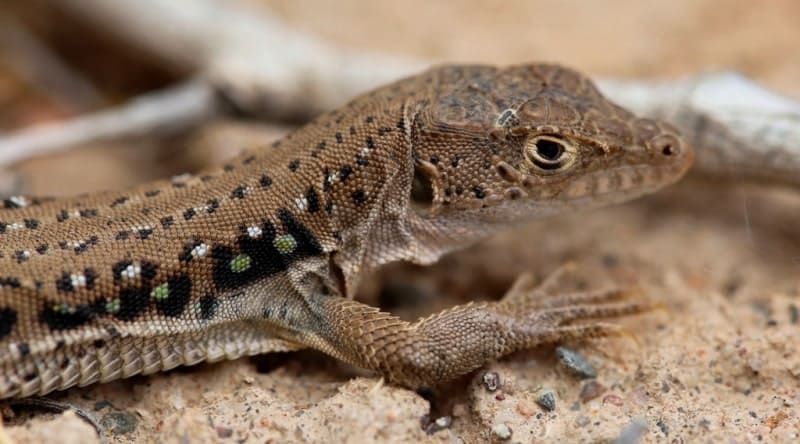
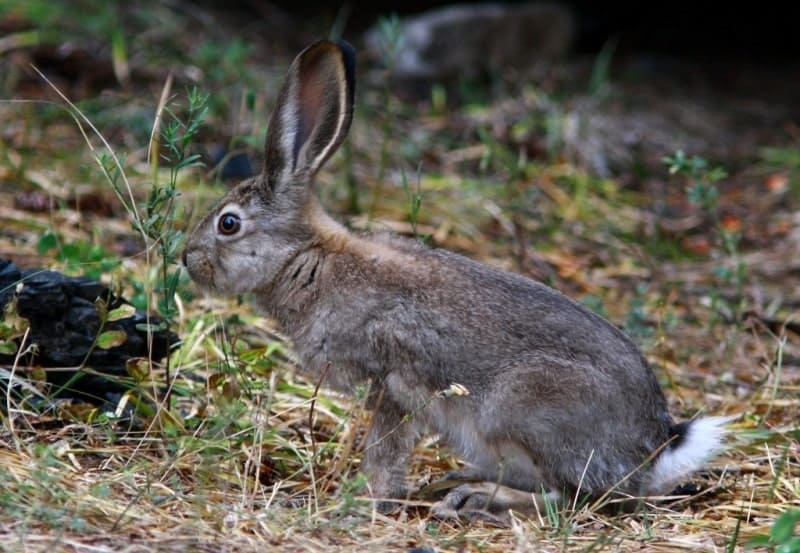
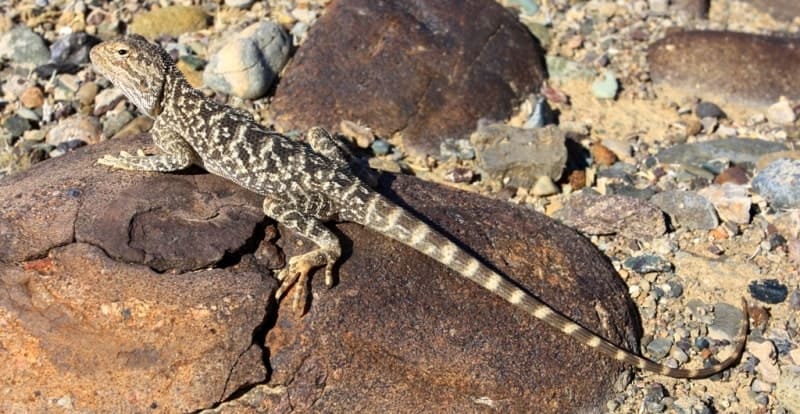
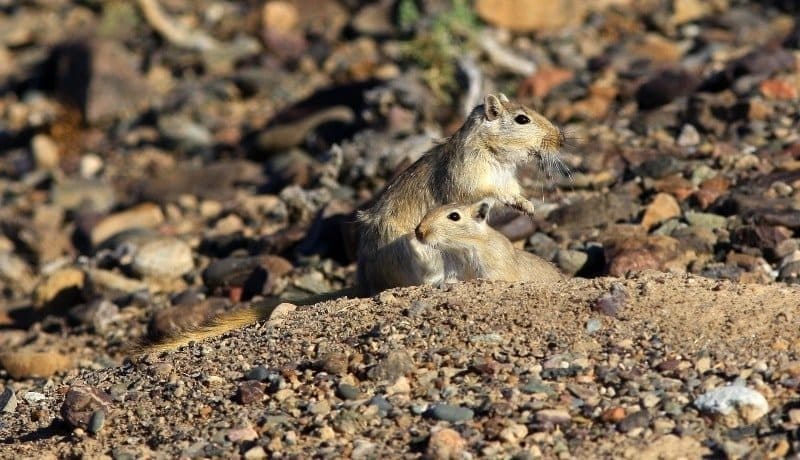
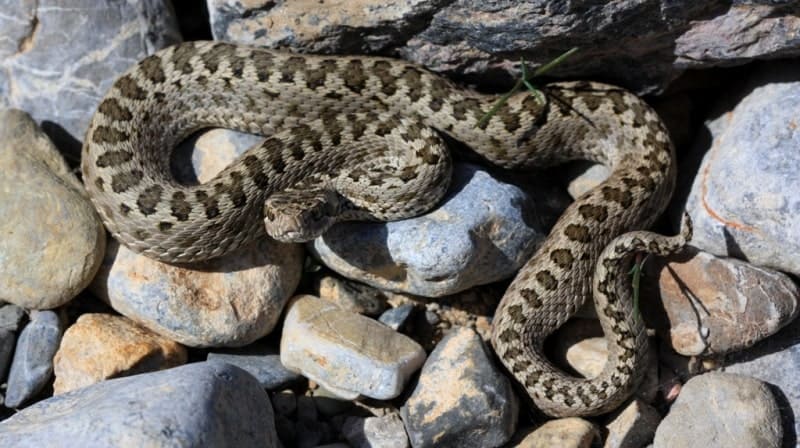
Information is given and developed
By the deserved worker of tourism of Republic Kazakhstan, The candidate of pedagogical sciences, the guide - methodologist Lyuterovich Oleg Grigorevich.
Photos by
Alexander Petrov.







